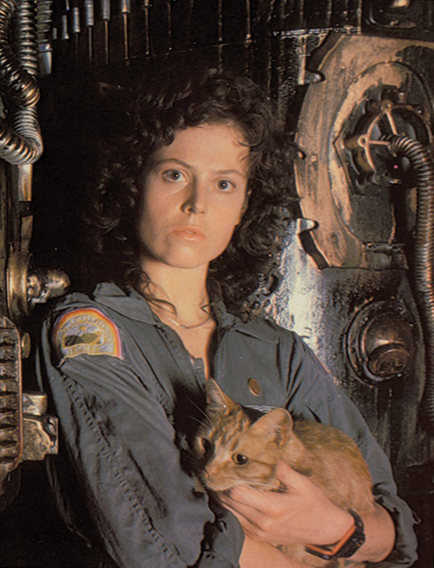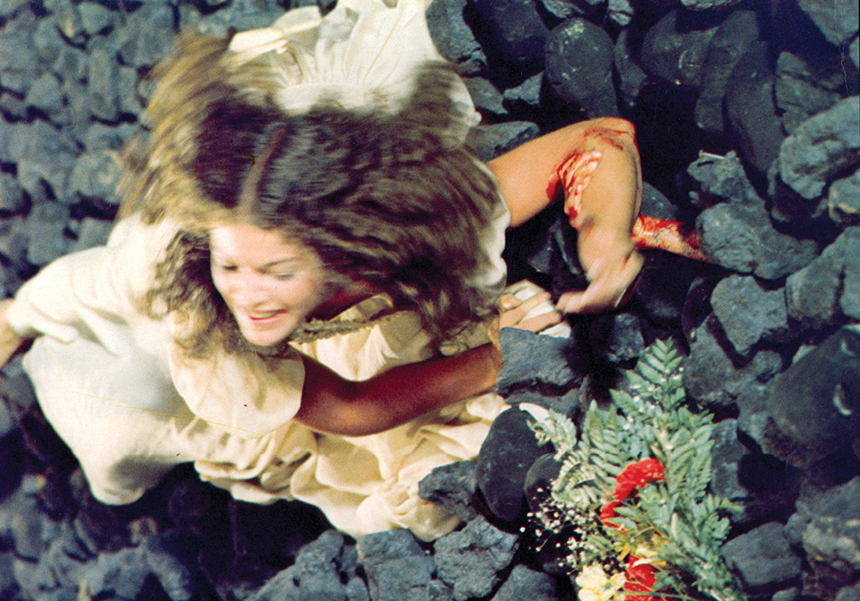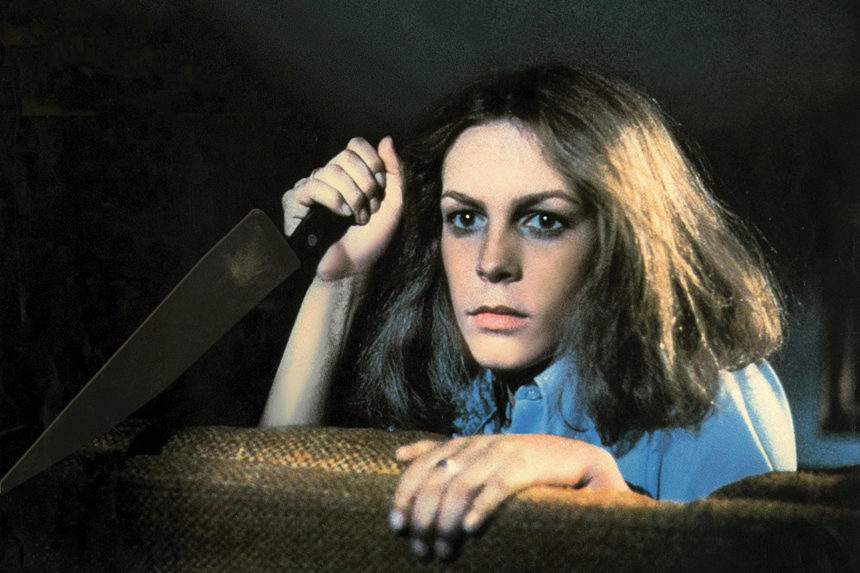
Cat Jump Scare
The Jump Scare goes back to the earliest days of the horror film. It’s usually a burst of movement or a sudden appearance paired with a loud noise or musical cue. The most popular variation is probably the Cat Scare, where a cat jumps into frame to scare the pants off both the on-screen characters and the audience. Some directors like to distract with the cat and then follow with the real scare. A classic twist on both is found in the original Alien (1979).
You Go That Way
Characters in horror films rarely stick together, which frequently gets them picked off one by one. While splitting up to solve the mystery usually worked for the Scooby-Doo Gang, it spells almost certain death for anyone else. Scream (1996) identified it as the “I’ll be right back” rule.
Do It and Die
In what Roger Ebert fondly referred to as “dead teenager movies,” there’s a tendency for any couple that gets physically intimate to end up physically inert. It happens in the original Halloween (1978), and in the original Friday the 13th (1980), Pamela Vorhees’s murderous rage stems from the fact that the camp counselors were fooling around and let her son, Jason, drown.
Mr. or Mrs. Exposition
This trope comes in two main flavors. Frequently it’s the Know-It-All Neighbor who has lived near the haunted house/castle/school/asylum and knows the right secrets to spill to the main characters. There’s also the Arcane Expert who happens to have all the knowledge the characters need to confront the threat. Two of the most popular experts are Dracula’s nemesis Abraham Van Helsing and Michael Myers’s doctor Sam Loomis.
It’s the Only Way!
Some horror characters are nearly indestructible, and that’s because there are only a handful of ways to destroy them. Werewolves have silver, zombies have headshots, and vampires have stakes and sunlight. Some characters have very particular weaknesses, like the Seven Sacred Daggers of Tel Megiddo, which are the only things that can kill Damien Thorn in the Omen series.
The Final Girl
It’s possible that the first Final Girl was Mina Murray, as she made it through the end of 1897’s Dracula and Lucy Westenra did not. The Final Girl is generally a female character of (debatably) higher moral character who has a confrontation with the monster/villain near the end of the story. Notable examples include Jess from Black Christmas (1974), Sally Hardesty (The Texas Chainsaw Massacre, 1974) and Nancy Thompson (A Nightmare on Elm Street series). Possibly the two greatest Final Girls are Laurie Strode (the Halloween franchise) and Ellen Ripley (the Alien series).

One Last Scare
Some filmmakers aren’t content to let you out of your seat without throwing in one more surprise shock. Carrie (1976) wasn’t the first to do it, but it cemented the practice in modern horror with that hand bursting out of the grave.
This article appears in the September/October 2022 issue of The Saturday Evening Post. Subscribe to the magazine for more art, inspiring stories, fiction, humor, and features from our archives.
Become a Saturday Evening Post member and enjoy unlimited access. Subscribe now



